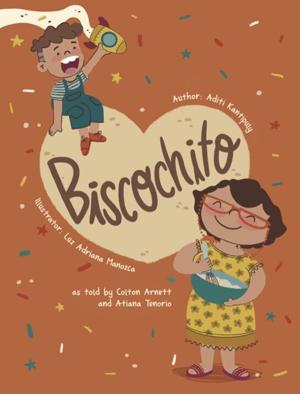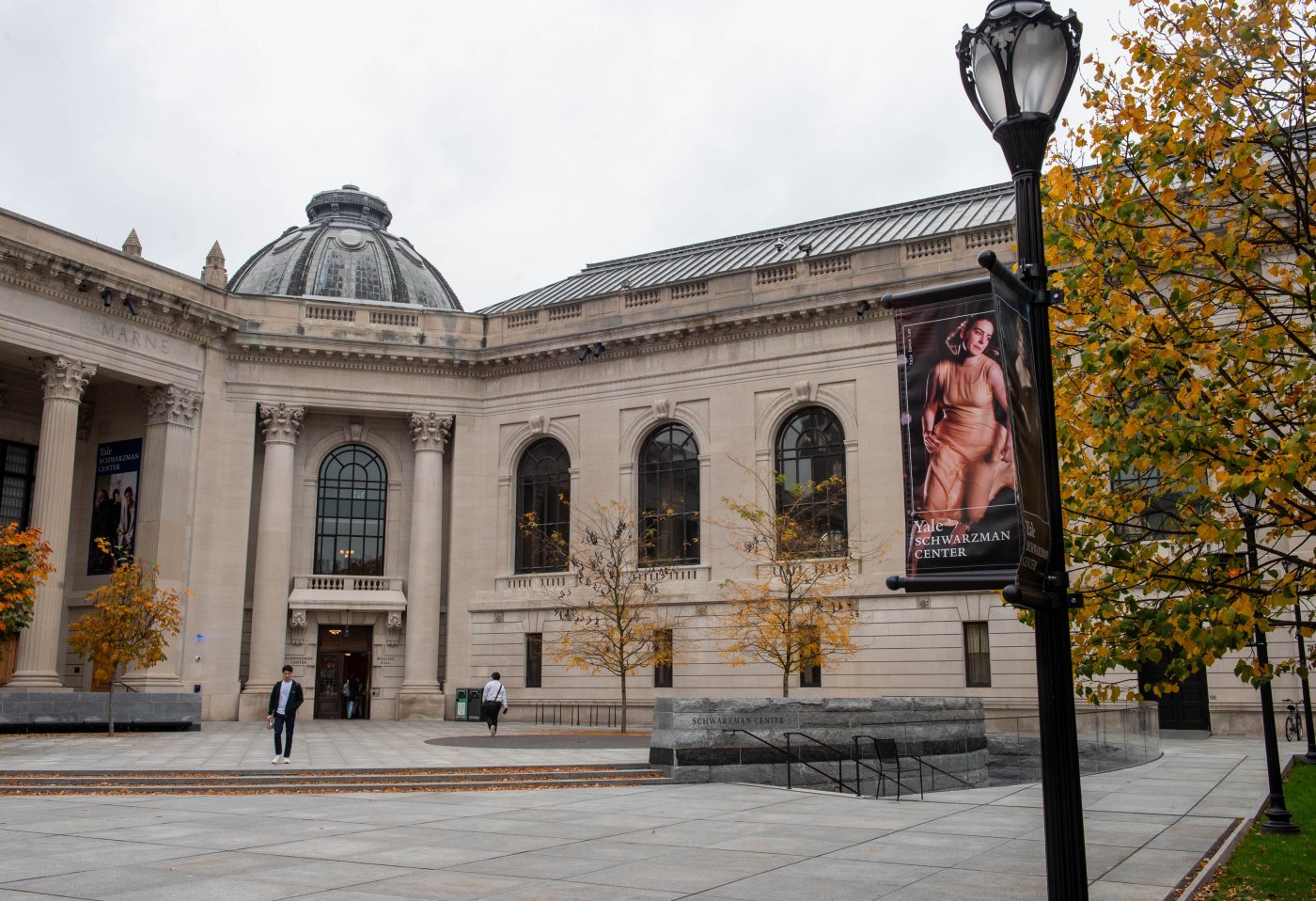In a unique blend of storytelling and science, physician Aditi Kantipuly has published a children’s book titled Biscochito, aimed at raising awareness about cerebral cavernous malformation (CCM), a rare genetic condition. The book, released in 2023, narrates the experiences of a grandmother with CCM as she engages with her grandson while baking biscochitos, New Mexico’s official state cookie.
Connecting Culture with Education
Cerebral cavernous malformation is characterized by clusters of small blood vessels with abnormally thin walls, which can lead to chronic headaches, seizures, and stroke-like symptoms. This condition is more prevalent in New Mexico, with genealogical studies tracing one variant to early Spanish settlers. Although there is currently no cure, researchers, including those at the University of New Mexico Health Sciences Center, are actively investigating treatment options.
Kantipuly, who is furthering her studies in preventive medicine at a Canadian university, emphasizes the importance of using various storytelling mediums to convey scientific concepts. “I like to use different mediums of storytelling — through art, music — to explain science,” she said. Her approach aims to transform complicated medical information into a format that is accessible and engaging for families.
The inspiration for Biscochito was sparked by Kantipuly’s collaboration with a group of CCM patients from New Mexico. During the writing process, she sought to ensure that their voices were heard, involving them in everything from character development to feedback on the narrative. “The way that the narrative evolved was through conversations with the support group and myself,” Kantipuly explained. This collaborative effort shaped the book into a resource that effectively communicates the realities of living with CCM.
Impact on Young Readers
The New Mexico Public Education Department has played a significant role in distributing Biscochito to elementary schools across the state, with copies reaching 50 institutions. According to Anne Marlow-Geter, manager of the agency’s Safe and Healthy Schools Bureau, the initiative aims to provide educational tools that can help young readers understand complex health issues.
For children like Sakura Tafoya, an 8-year-old CCM patient from Santa Fe, the book has become an invaluable resource. Her family owns two copies — one for home and another for the school library. Sakura even read the story to her class last year in the second grade, helping to foster a dialogue about the condition. Her father, Jared Tafoya, remarked on the book’s significance, stating, “CCM is like a legacy — like a good recipe for biscochitos.”
Through the combination of storytelling and cultural significance, Biscochito serves as a vital tool in demystifying a rare genetic disorder while promoting understanding and connection within families and communities. Kantipuly’s innovative approach highlights the power of literature in addressing complex medical topics, making them relatable for younger audiences.







